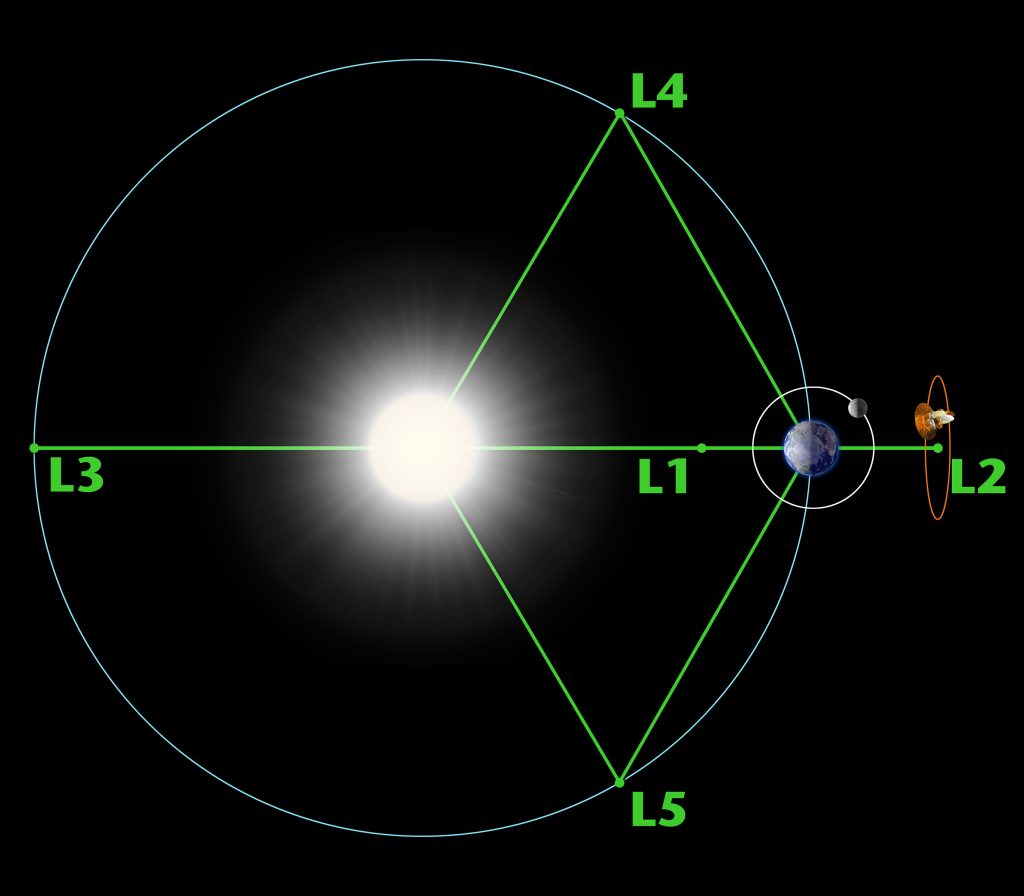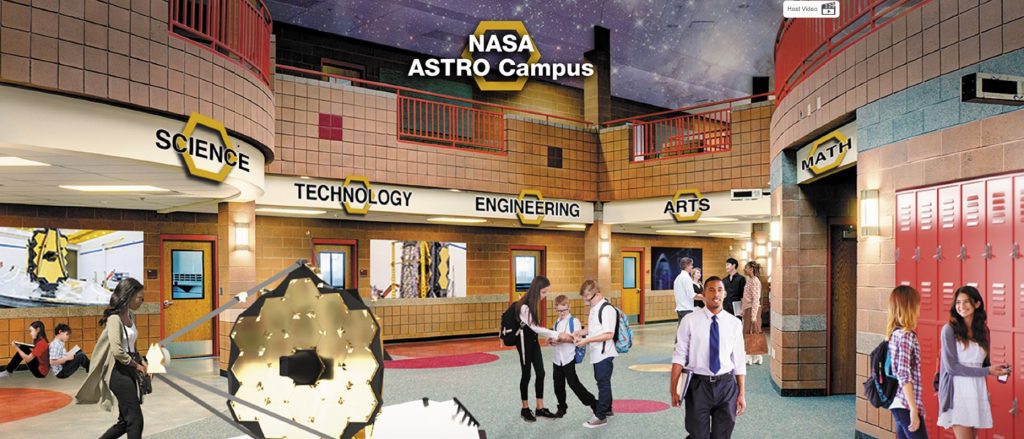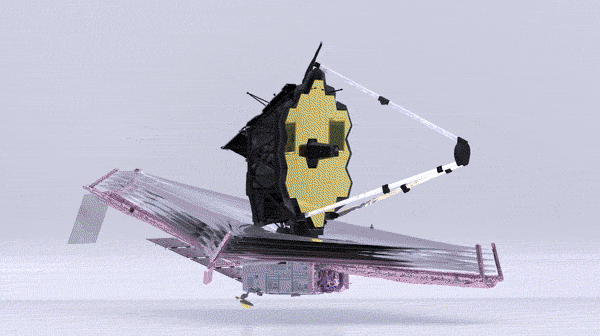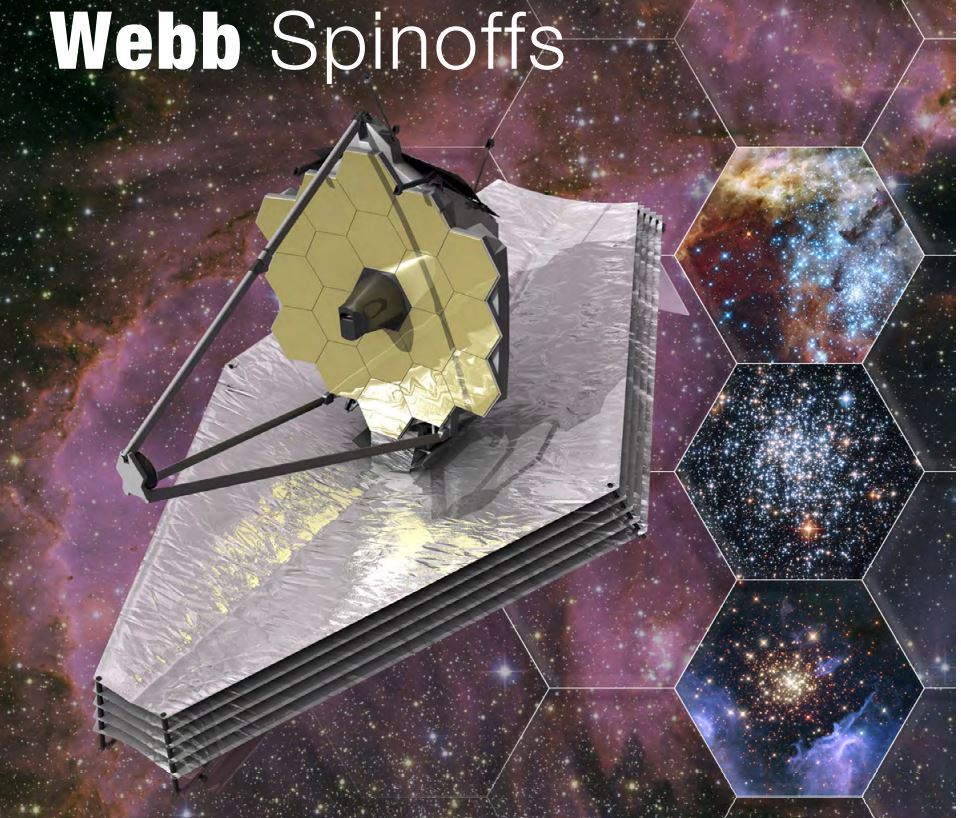On Christmas Day, 2021, the Ariane rocket took the 3-story building giant telescope, James Webb to the outer space. The rocket’s launch pad was located near Kouru, French Guiana, South America.
James Webb Telescope is much more powerful than the Hubble Telescope. The Webb can find the objects in Universe using infrared technology all the way back to 13.5 billion years ago. This will bring the images to the early phase of the Universe. It will give the opportunities for people in the Earth to find a planet that has a potential living condition.
The telescope was named after Mr. James Webb, NASA second administrator during Lyndon B. Johnson Presidency. Under Mr. Webb’s direction NASA took a historical Apollo mission to land an American on the Moon before the end of that decade.
It will take 29 days for the Webb to reach the parking spot called LaGrange L2. Day 3 to 9 is the phase for sun cover to be released. Day 10 to 11 is the secondary mirror open up. Day 12 to 14 is the primary mirror will open up. Day 15 to 26 all 18 hexagonal mirrors open up. Finally, on day 29, the $10 billion Dollars Webb telescope can park at the LaGrange L2 position and stay stable on that position.

Published: March 27, 2018
Click each image below to find more.
The Science & Arts of James Webb Telescope
What is James Webb Telescope?
Where is the Webb now?
The primary elements that are used to build this giant telescope are silicone and gold. It is different from fossil fuel that made in earth by the remain of living organism, the gold is ET (Extra Terrestrial). Please also check out about the astonishing Silicon element.
Interested to build the Webb model?
Mr. Dave Dooling, the Education Director of the New Mexico Museum of Space History provides an excellent video instruction to build the model using the materials around us -> https://fb.watch/ae0P6-R6uH/ Mr. Dooling says the DIY model “helps kids understand how Webb deploys so they understand a bit more of why it is built the way it is. Feel free to reuse materials as you need.”
Source and credits to NASA’s websites and image collections



